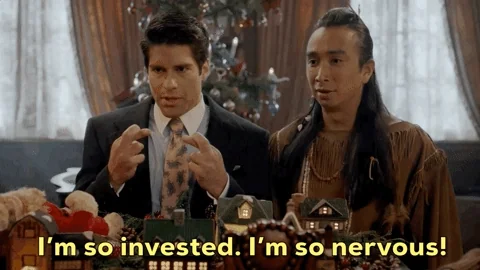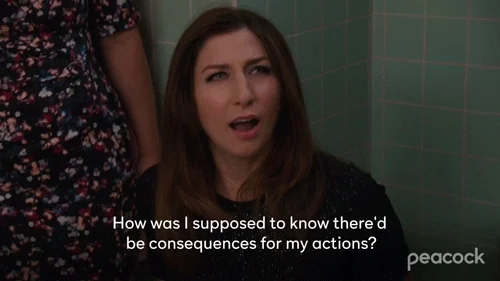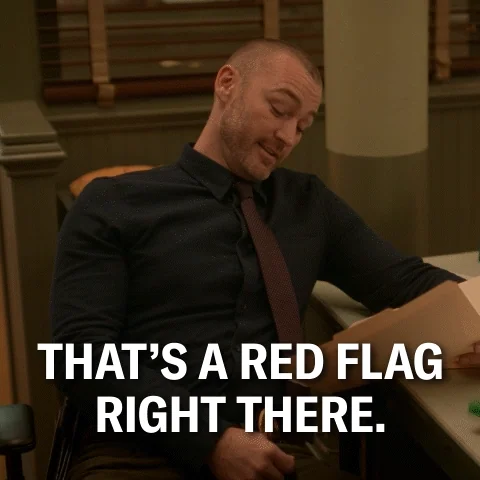Have you ever kept doing something just because you’ve already invested time, money, or effort?
Maybe you’re stuck in a job you dislike after years of schooling or training, or in a relationship that’s lost its spark, but you’ve spent so much time nurturing it.

That’s the sunk cost fallacy — a common trap that can make us stick with decisions that aren’t in our best interest. You’ve probably even experienced it with movies: “This film is terrible, but I’ve already started watching it.” That’s the sunk cost fallacy in action.
What is the Sunk Cost Fallacy?
The sunk cost fallacy happens when we keep doing something just because we’ve already invested time, money, or effort — even if it’s no longer worth it. According to Very Well Mind:
This perceived sunk cost makes it difficult to walk away from the situation since you don’t want to see your resources wasted.
Instead of focusing on what’s ahead, the fallacy traps us in past investments.

This can happen in all kinds of places. For example, you might keep watching that bad movie because you’ve already paid for the ticket, or stay in a project at work that’s clearly failing because you’ve already spent months on it.
What Causes It & Why Does It Happen?
The sunk cost fallacy is driven by the false belief that we must “finish what we start” and the fear of wasting resources — like time, money, or effort — that we’ve already invested.

Several psychological factors contribute to this:
Loss Aversion
Loss aversion happens because avoiding loss is more important to us than winning. Loss aversion makes us cling to past choices or investments — even when letting go can be the healthier choice.
Commitment Bias
Commitment bias happens when we stick with something just because we’ve already committed to it, even if things have changed. It feeds into the sunk cost fallacy — when we keep going with a project, investment, or relationship to honour our past efforts instead of choosing what’s best for us now.
Framing Effect
The framing effect happens when the way information is presented influences our choices — especially when something is framed as a gain or a loss.
For example, imagine your financial investments aren't doing well. Consider these statements:
“If you stop now, you’ll lose all the money you’ve invested.”
“If you stop now, you’ll save yourself from losing more.”
Both statements describe the same situation, but the first one focuses on loss, making you more likely to keep investing. This statement connects to the sunk cost fallacy because you'll continue investing time, money, or energy to avoid feeling like something was wasted.
It also links to commitment bias, as the more you’ve invested, the stronger your desire becomes to stay consistent with past choices — even when your commitment is no longer the best decision.

Scenario: Laura realizes that she and her partner have grown apart, but they’ve been together for ten years. She stays because they’ve built a life and share so much history.
What are some reasons why the sunk cost fallacy might influence Laura’s decision to stay? Select all that apply:
A. She feels that leaving would mean all those years together were wasted.
B. She believes things will automatically improve if she just waits it out.
C. She wants to honor the time, energy, and memories they’ve shared.
D. She’s afraid of starting over and losing what they’ve built together.
Quiz
Select all of Laura's behaviours that relate to the sunk cost fallacy:
What Are Its Consequences?

The sunk cost fallacy can have serious consequences — some obvious, some less so:
Wasted resources: Sticking with a failing project wastes time, money, and energy.
Missed opportunities: Focusing on past investments keeps us from better options.
Poor decisions: Choices get driven by past costs, not future benefits.
Stress & regret: Staying in a losing situation fuels frustration, anxiety, and regret.
 Scenario: Alex keeps funding a failing business because they’ve already invested thousands of dollars in it.
Scenario: Alex keeps funding a failing business because they’ve already invested thousands of dollars in it.
They keep wasting money, miss out on other business opportunities, make poor decisions based on past costs rather than potential profit, and feel stressed and regretful as losses mount.
What are some reasons why the sunk cost fallacy might be influencing Alex’s decision to keep funding the business? Select all that apply:
A. Alex believes quitting now would mean all that money was wasted.
B. Alex feels committed to seeing the business succeed after investing so much.
C. Alex is emotionally attached to the money and effort already invested.
D. Alex is focused on the potential future profits instead of what’s already been spent.
Quiz
Select all reasons that Alex might be influence by the sunk cost fallacy:
Sunk Cost Fallacy In the Real World
Author and biomedical researcher Aubrey de Grey’s famous advice — “Don’t cling to a mistake just because you spent a lot of time making it” — is a great illustration of sunk-cost fallacies in the real world.
I experienced the sunk cost fallacy during my Master’s program. I had started at a school that wasn’t aligned with my values, and the supervisor I had hoped to work with had retired. Her replacement had a very different focus, and I kept getting pushback to change my project.

Even though I had already invested time and effort, I chose to leave and returned to my undergraduate institution, where I worked with the professor who had guided my original research.
It took longer to finish my degree, but the experience and education were far richer, affirming that sometimes letting go of past investments is the best choice. In the long run, I graduated with better connections, better grades, and a direct line to a job that shaped the rest of my career.
Take Action
Sometimes, letting go isn't a loss — it’s the smartest decision you can make.
The sunk cost fallacy is something we all fall for at times, whether it’s a project, a relationship, or even a movie.
The key is to recognize when past investments are clouding your judgment and to focus on what truly benefits you moving forward.

Your feedback matters to us.
This Byte helped me better understand the topic.
